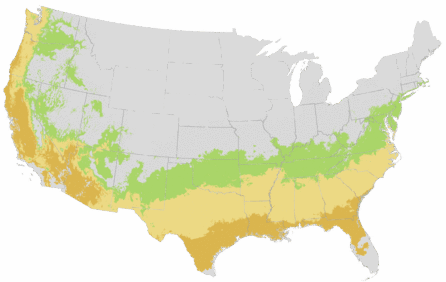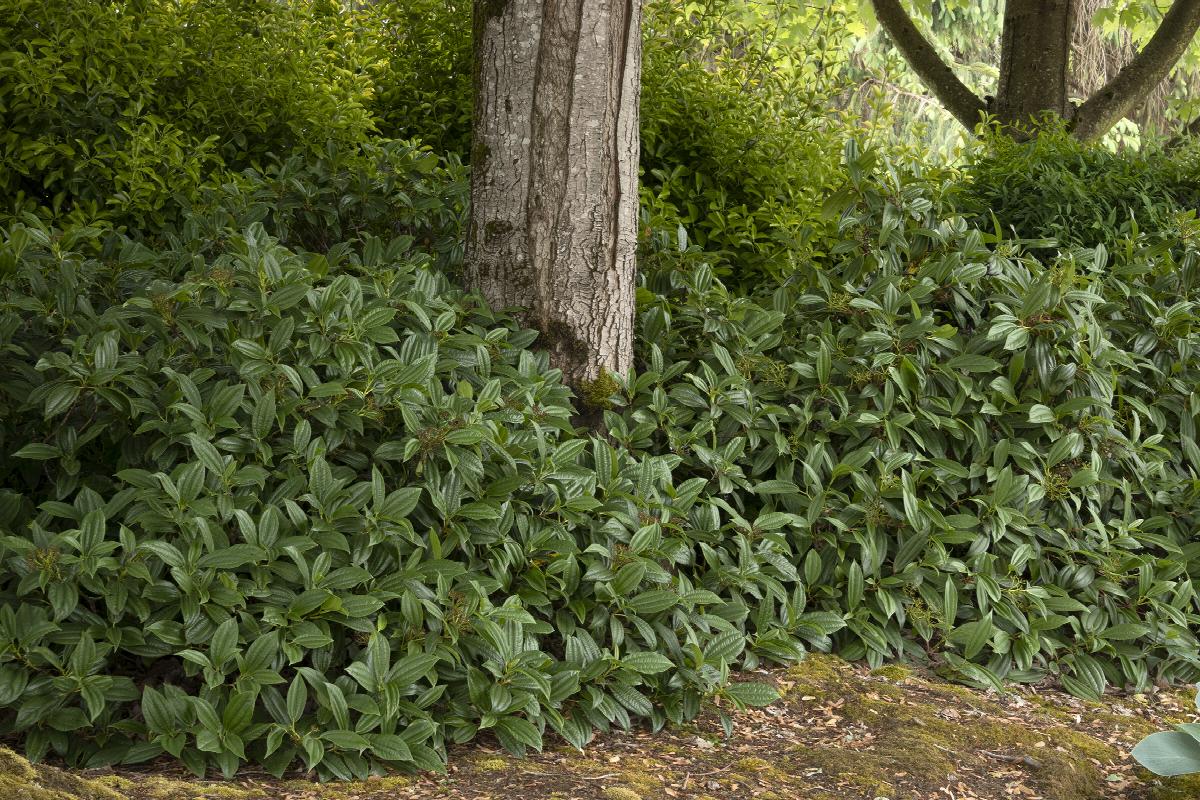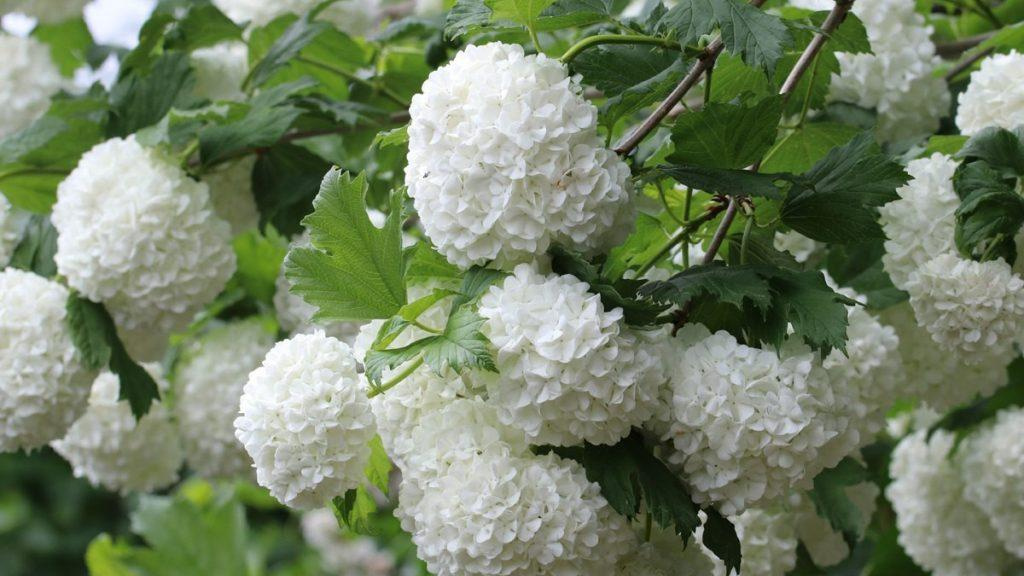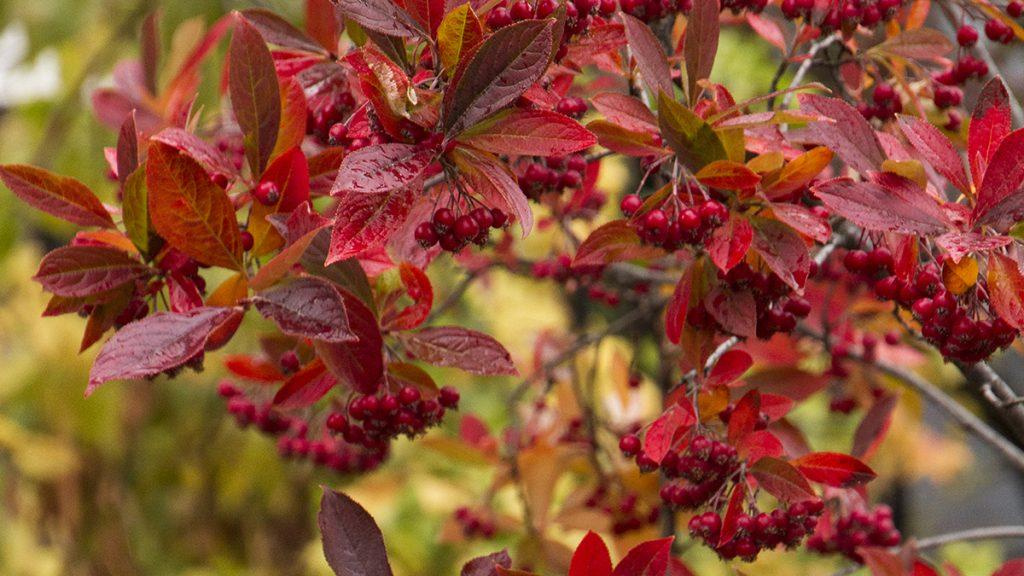David Viburnum
Viburnum davidii
Pronunciation: vy-BER-num da-VID-ee-eye
SKU #07420
| Description | A showy, low-growing, compact, evergreen to semi-evergreen shrub valued for its glossy dark green leaves and metallic turquoise blue fruit. Planting two or more plants will ensure good cross-pollination for consistent berry production. Use to create a low hedge or as a foundation shrub with ferns, azaleas and other acid-loving plants. |
|---|---|
| Light | Full sun, Partial sun |
| Watering | Water when top 2 inches of soil is dry. |
| Blooms | Spring flowers, followed by fall fruit. |
| Mature Size | Moderate growing; reaches 2 to 3 ft. tall, 3 to 4 ft. wide. |
| Deciduous/Evergreen | Evergreen |
|---|---|
| Special Features | Ornamental Berries, Compact Form, Benefits Birds |
| Problems/Solutions | Drought Tolerant |
| Growth Rate | Moderate |
| Flower Attributes | Showy Flowers |
| Landscape Use | Border, Hedge, Poolside, Ground Cover |
|---|---|
| Design Ideas | The metallic blue fruit of this small evergreen shrub is a fine, showy characteristic. Plant a row along the front walk or use a small group as an accent next to the door where you will be able to enjoy the year-round handsome look. |
| Flower Color | White |
| Foliage Color | Green |
| Companion Plants | Magnolia (Magnolia); Azalea (Azalea); Hosta (Hosta); Astilbe (Astilbe); Beautyberry (Callicarpa) |
| Care | Provide organically rich, moist, well-drained soil. Water deeply and regularly during the first growing season to establish an extensive root system. Once established, reduce frequency; prefers consistent moisture but tolerates mild drought. Feed with an acid fertilizer after bloom. Keep roots cool with a thick layer of mulch. |
|---|
This Plant's Growing Zones: 7-9

Your USDA Cold Hardiness Zone:
Your climate may be too cold for this plant
Buy Online
We cannot currently ship this product to your zip code.
Buy Locally
No Retailers found within 50 miles of your zipcode
About Us
We have been pioneers and craftsmen in the art of growing plants for nearly
100 years. Since our founding in Southern California by Harry E. Rosedale, Sr.
in 1926, we have been absolutely dedicated and obsessed with quality.
We have been pioneers and craftsmen in the art of growing plants for nearly 100 years. Since our founding in Southern California by Harry E. Rosedale, Sr. in 1926, we have been absolutely dedicated and obsessed with quality.



